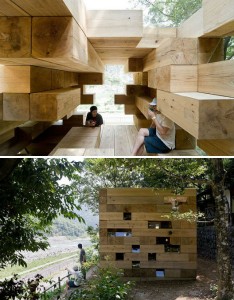 Explore the seemingly endless platforms and hidden nooks of this Jenga-like house, conceived as an example of “ultimate wooden architecture” by Sou Fujimoto Architects. Located in Kumamoto, Japan, ‘Final Wooden House’ consists of massive wooden blocks randomly stacked together with irregularly shaped openings covered in glass.
Explore the seemingly endless platforms and hidden nooks of this Jenga-like house, conceived as an example of “ultimate wooden architecture” by Sou Fujimoto Architects. Located in Kumamoto, Japan, ‘Final Wooden House’ consists of massive wooden blocks randomly stacked together with irregularly shaped openings covered in glass.
Forget conventional rooms and staircases – this home is like a massive playhouse, requiring the inhabitants to climb from one block to another. The wooden blocks offer all manner of supports for various activities, but you’ll have to use your imagination to determine just how to use each one.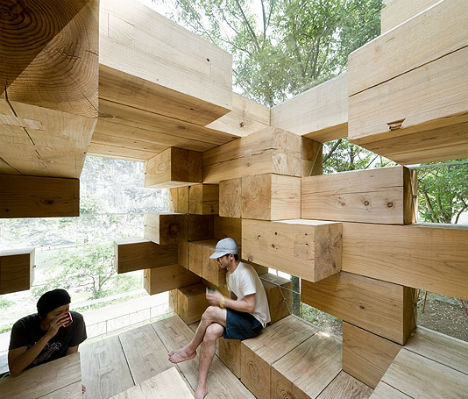
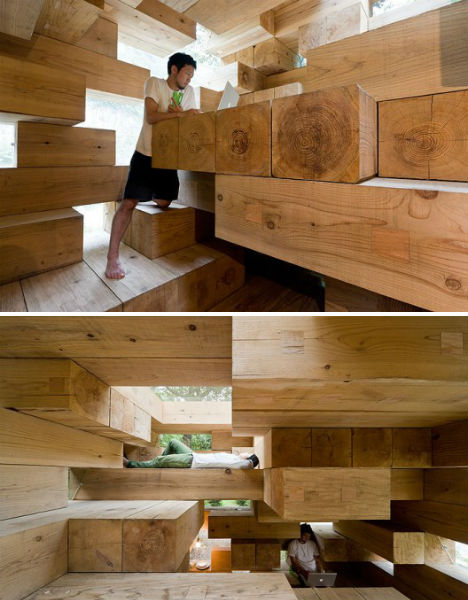
The architects were inspired by primitive conditions before architecture, like cave dwellings, where humans made the most of the surroundings as they found them.
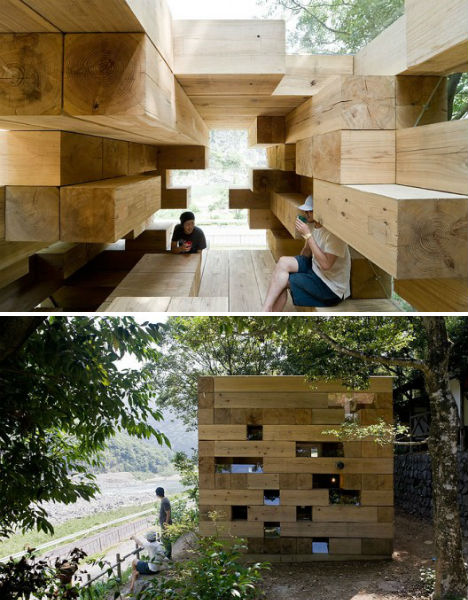
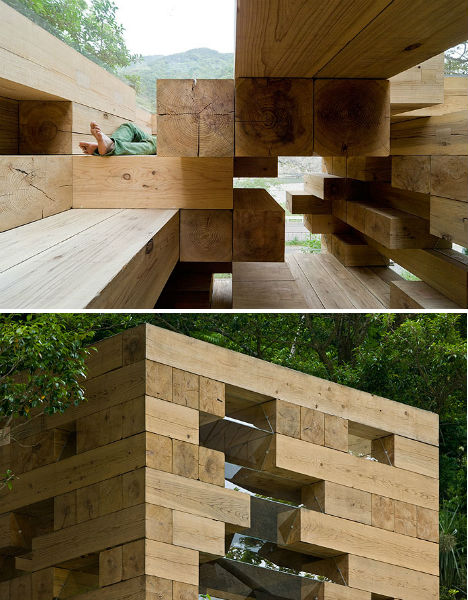
Of course, climbing around inside this minimalist jungle gym requires care, an able body, and perhaps a hard hat. Getting from one area to another in the dark might be an intimidating task. The house may not be terribly practical, but what it lacks in livability, it makes up for in pure fun.







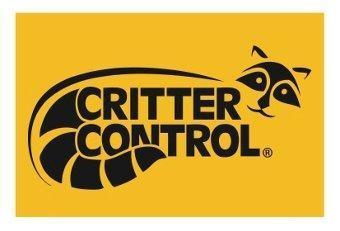
.png)
.png)
.PNG)